-
Posted On Wednesday, May 27, 2020 by Vince Antoine
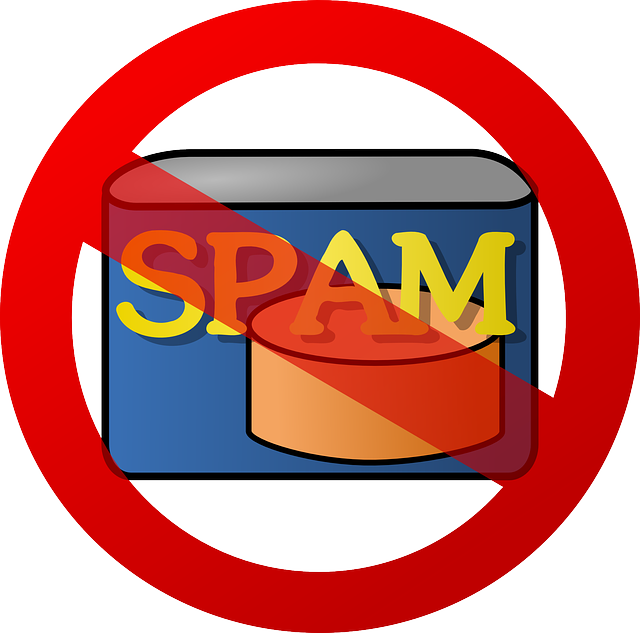
Cold emailing is a time-tested sales tactic that involves sending emails to prospective buyers with whom you've had no prior contact. If you know a prospective buyer's email address, you can send him or her a cold email. In this cold email, you can introduce yourself while explaining what your B2B company does.
The problem with cold emails such as this, however, is that they are often perceived as spam. If a prospective buyer hasn't communicated with you or anywhere else from your B2B company in the past, he or she may assume your cold email is spam. After all, unsolicited and bulk emails are an all-too-common occurrence. According to the market research organization Statista, over 57% of all emails are spam. As a result, it's not uncommon for prospective buyers to mark cold emails as spam. You can still perform cold emailing to connect with prospective buyers, but you'll need to take some precautions to legitimize your cold emails.
Target High-Quality Sales Leads
The quality of leads whom you target with cold emails can affect whether they are perceived as spam. Regardless of what your B2B company sells, it probably has a specific audience of buyers. If you send cold emails to leads outside of your B2B company's ideal audience, they may automatically perceive them as spam. They'll assume your cold emails are part of a large spam campaign that involves blasting a broad and generic audience with unsolicited emails for commercial purposes, so they may mark your cold emails as spam. You can prevent this from happening by exclusively targeting high-quality leads with cold emails.
One of the best sources for high quality sales leads with warm email contacts is SalesLeads' Project Reports. These are identified projects within a facility. We contact the organization, get information on the project and share that with you. So when you email them, you should make reference of your knowledge of the project. This way, the likelihood of them marking you as spam is unlikely.
Mention Recipients' Names
You can further legitimize your cold emails by mentioning recipients' names. Research shows that adding a recipient's name to an email's subject line leads to an average rate of over 21%. In other words, for every five cold emails that you send, one of them will be opened -- but that's only if you mention recipients' names in subject lines. A form of email personalization, including recipients' names in subject lines will make your cold emails stand out. It shows recipients that your cold emails are legitimate and not just part of a bulk spam campaign.
In addition to subject lines, you can mention recipients' names directly in the body of your cold emails. The body of an email, of course, is the main section in which you enter text or other forms of content. If a recipient sees his or her name in the body of an email cold, the recipient should recognize it as being legitimate and not spam.
Send From Your Company's Branded Email Address
Always send cold emails -- as well as warm and hot emails for that matter -- from your B2B company's branded email address. Why does this matter? Although there are many free webmail services available -- Gmail, Yahoo Mail, etc. -- they all have a higher risk of being flagged as spam. If you send cold emails from a free webmail service, recipients may assume they are spam.
Because of their association with spam, you shouldn't send cold emails from a free webmail address. Instead, use your company's branded email address for cold emailing campaigns. Recipients can see the email address from which you send cold emails. With a branded address denoting your B2B company's domain name, they'll feel more confident opening and interacting with your cold emails.
Watch the Caps
There's nothing wrong with using capital letters in your cold emails, but you should use caution to ensure that it doesn't create the impression of spam. Many email services are designed to automatically filter emails with an excessive number of capital letters. Very rarely, for instance, will a cold email with an all-caps subject line reach the recipient's inbox. Instead, the email service will flag it spam.
When structuring subject lines for your cold emails, avoid using all capital letters. A safer and more effective approach is to make the first letter of each word capitalized. Known as case caps, this format allows for clean-looking subject lines that typically aren't perceived as spam.
Don't Attach Files
Avoid attaching files to your cold emails. File attachments, of course, are often used to deploy malware and viruses onto unsuspecting recipients' computers and devices. As a result, they can make an otherwise legitimate cold email look like spam.
If you want to send a prospective buyer a file, wait until the second or third correspondence to do so. You must earn the prospective buyer's trust first. Otherwise, he or she probably won't download any file attachments.
Distinguishing your cold emails from spam emails is a common challenge, but thankfully it's something you can overcome with the right approach. Just remember to target high-quality leads, mention recipients' names, send from a branded email address, watch the caps and don't attach files.
What to learn more? Get in Touch
Latest Posts
-
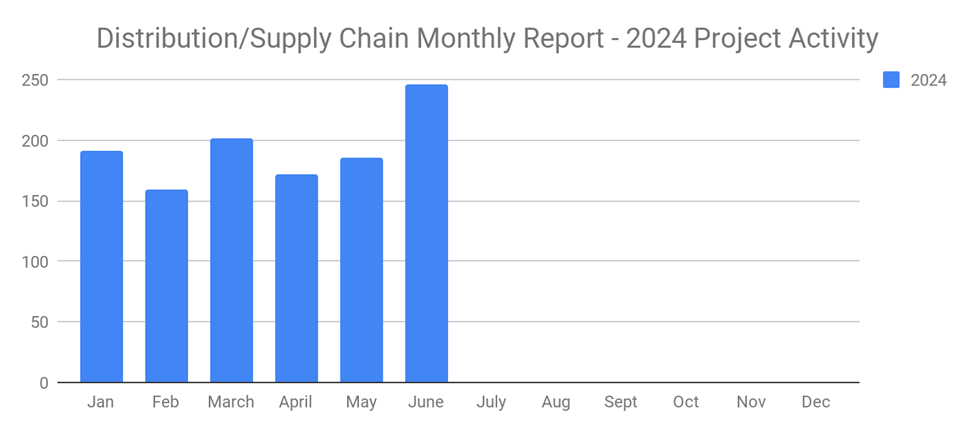
New Distribution and Supply Chain Industrial Projects Surge to 246 in June 2024
-
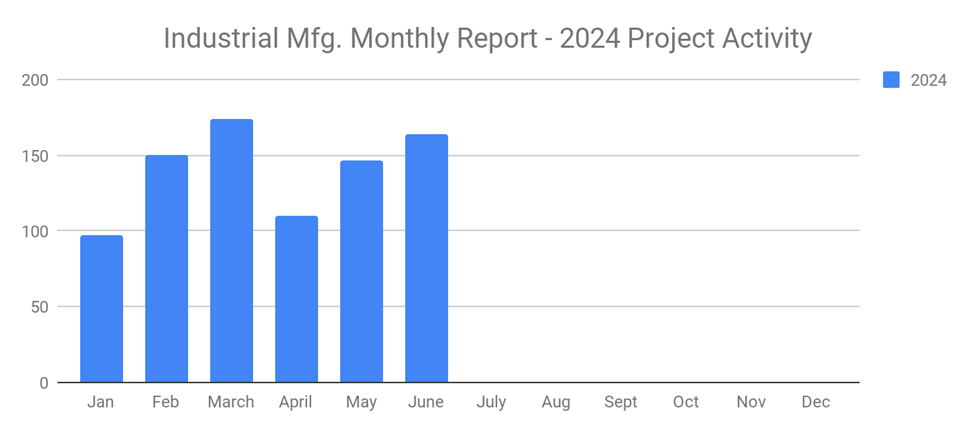
New Industrial Manufacturing Projects Third Month in a Row of Growth with 164 New Projects for June 2024
-
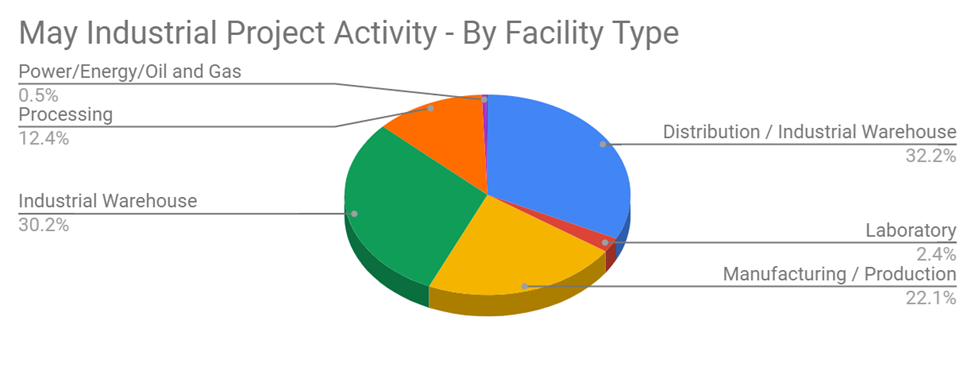
Planned Industrial Construction Projects Continue Strong in June 2024 with 496 New Projects
-
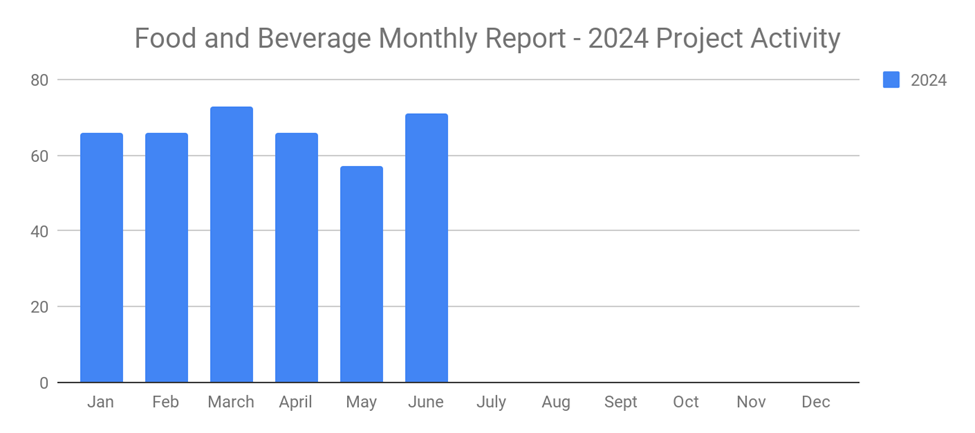
New Food and Beverage Planned Projects with Stellar Growth in June 2024 with 71 New Projects
